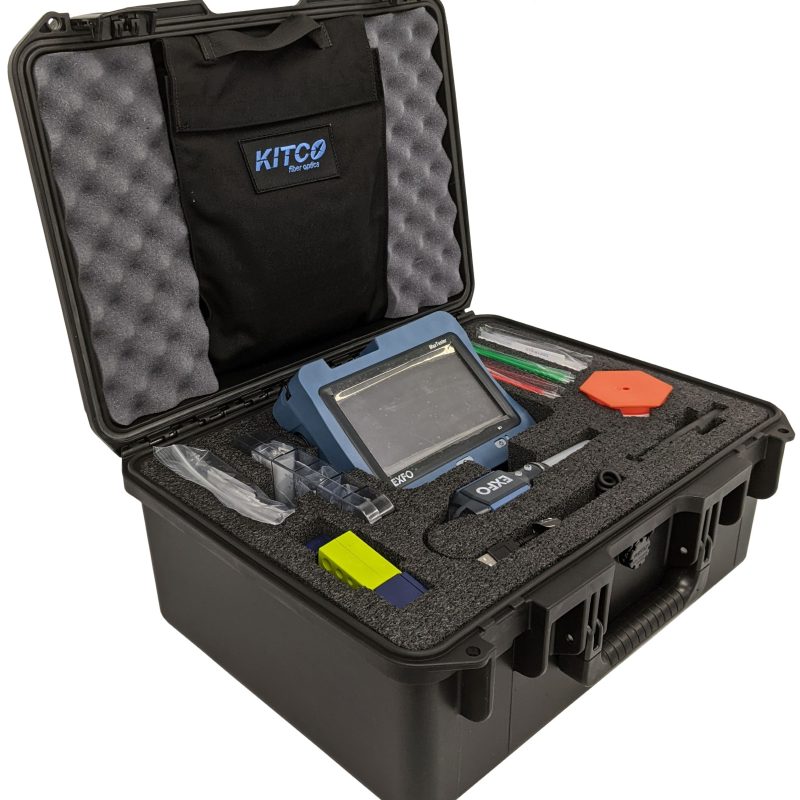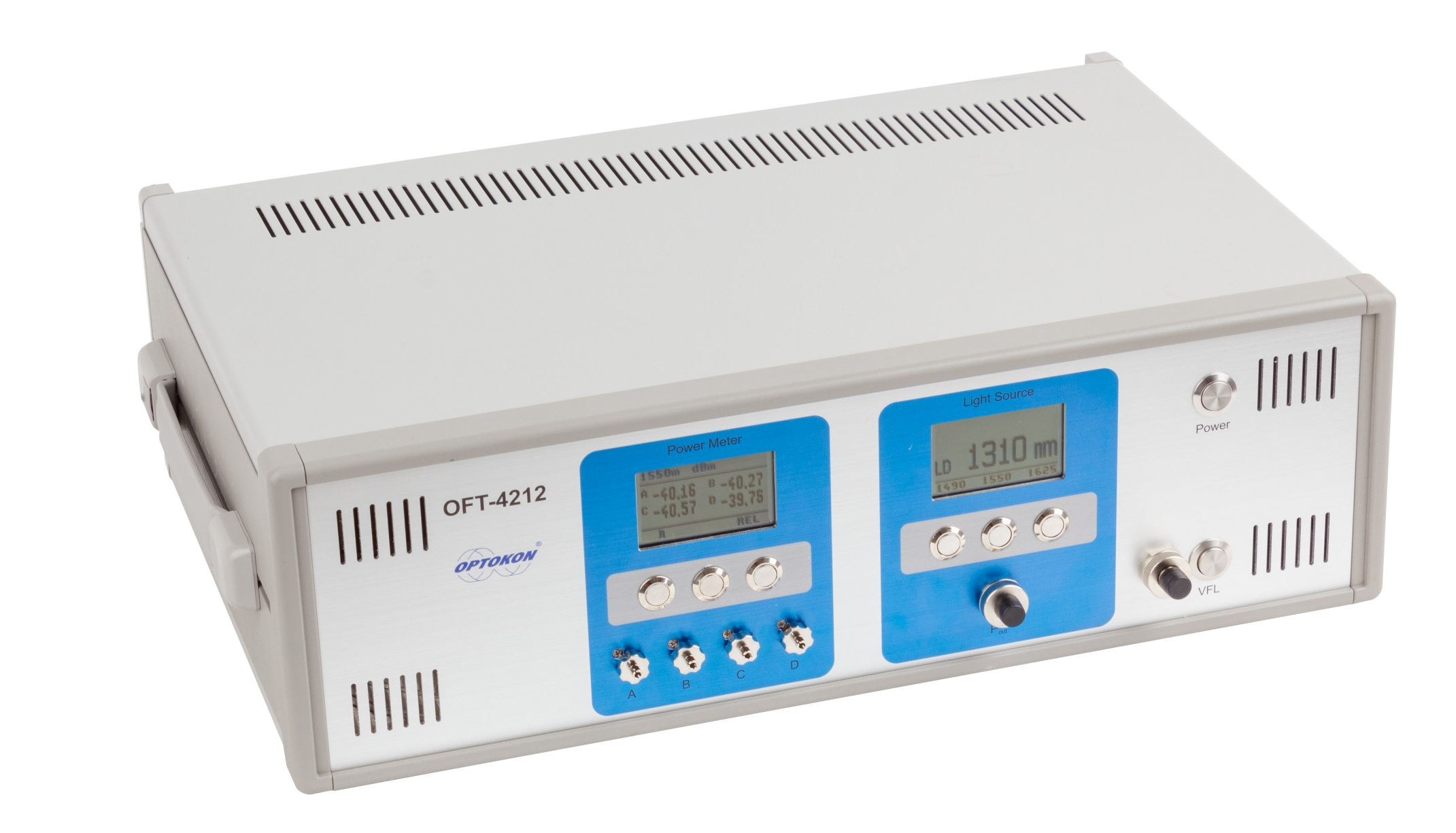Emerging innovations in robotic vision for smart manufacturing
Wiki Article
All You Need to Find Out About Robotic Vision and Its Applications in Advanced Optical Dimension Equipments
Robotic vision stands for a substantial development in the intersection of computer vision, man-made intelligence, and maker knowing. This technology enhances the accuracy of optical dimension systems, enabling real-time information evaluation and boosted quality assurance. Its influence extends multiple markets, from producing to healthcare. However, the evolving landscape of robotic vision increases questions concerning future capabilities and applications (fibre testing equipment). What innovations lie ahead in this transformative area?Comprehending Robotic Vision: Key Concepts and Technologies
Robotic vision encompasses the innovations and approaches that allow devices to translate and understand aesthetic info from their environment. This area combines elements of computer vision, expert system, and artificial intelligence to promote computerized decision-making based upon visual data. Key principles include picture handling, which involves the improvement and evaluation of pictures to extract purposeful attributes, and item recognition, which permits makers to recognize and classify objects within a scene.
The Combination of Robotic Vision With Optical Measurement Solutions
As markets progressively demand accuracy and performance, the assimilation of robot vision with optical dimension systems has actually arised as a transformative method. This synergy permits robotics to perceive and analyze their environments, improving the capability of optical dimension systems to examine and evaluate things with unmatched accuracy. By equipping optical sensors with innovative imaging modern technologies, robotic vision makes it possible for real-time data collection and handling, promoting instant changes to dimension criteria.Furthermore, the combination encourages automated systems to find variants in dimensions, surface area quality, and alignment, which are vital in top quality control processes. Enhanced algorithms, such as maker discovering, more increase this assimilation by enhancing the systems' capacity to adjust to different settings and situations. As a result, the integration not just improves dimension processes but also lessens mistakes, making sure that items fulfill rigid market criteria, thus solidifying the duty of robotic vision in the future of optical measurement systems.
Applications of Robotic Vision in Manufacturing
In modern-day manufacturing settings, making use of vision systems has changed production processes by allowing makers to perform tasks with amazing precision and rate. Robotic vision systems are significantly used for quality assurance, where they check items for flaws and assurance adherence to specs. These systems use electronic cameras and advanced algorithms to analyze items in real-time, substantially reducing the risk of human error.Furthermore, robotic vision helps with automation in production line, allowing robots to accurately recognize parts and assemble them with marginal downtime. This technology likewise improves inventory administration, as vision systems can monitor stock degrees and spot disparities, assuring a smooth supply chain.
Robotic vision help in the execution of wise factories, where information from vision systems can be integrated with other modern technologies to enhance workflows (fibre testing equipment). Overall, the applications of robot vision in producing show its important role in boosting effectiveness, top quality, and performance across various fields
Robotic Vision in Health Care: Transforming Patient Care

In recovery, robot vision help in monitoring patient progress and customizing treatment sessions to private demands. It supports physician by automating jobs such as information collection and client surveillance, enabling even more time to concentrate on straight individual interaction. Furthermore, robotic vision improves telemedicine by making it possible for remote medical diagnosis and digital navigate to these guys appointments, connecting the web gap between people and health care carriers. In general, the application of robot vision in healthcare is reinventing person treatment, causing improved outcomes, performance, and client complete satisfaction.
Future Trends and Developments in Robotic Vision Modern Technology
The rapid evolution of robotic vision innovation guarantees to better boost its applications across various fields, consisting of health care. Future patterns show a substantial shift in the direction of incorporating fabricated intelligence and equipment discovering, allowing systems to learn from huge datasets and boost accuracy with time. Boosted sensing unit innovations and deep understanding algorithms are anticipated to improve object acknowledgment capabilities, allowing robots to interpret complex environments better.
The integration of augmented truth (AR) with robotic vision will likely revolutionize just how robotics assist in surgical treatments and diagnostics. This synergy will promote real-time information visualization, enhancing decision-making processes. In addition, miniaturization of parts will result in more small and flexible robotic vision systems appropriate for a range of tasks. As these innovations unravel, industries will certainly witness boosted automation and effectiveness, solidifying robotic vision as a cornerstone of cutting-edge technical options.
Frequently Asked Inquiries
What Are the Main Elements of a Robotic Vision System?
The main components of a robotic vision system include cams for image capture, cpus for data analysis, formulas for interpretation, and actuators for movement. Together, these aspects make it possible for robots to regard and communicate with their setting properly.Just How Does Robotic Vision Improve Precision in Measurements?
Robotic vision boosts measurement accuracy by using sophisticated imaging innovations, enabling specific things detection and spatial analysis. This capacity lowers human mistake, enhances repeatability, and enables real-time adjustments, ultimately improving total dimension dependability and effectiveness.What Industries Advantage Most From Robotic Vision Innovation?
Different sectors profit greatly from robotic vision technology, including manufacturing, healthcare, agriculture, and logistics. These industries make use of enhanced accuracy, performance, and automation, resulting in boosted productivity and minimized functional prices in their corresponding procedures.Can Robotic Vision Systems Operate In Low-Light Issues?
this website Robotic vision systems can without a doubt work in low-light conditions, utilizing sophisticated sensing units and formulas to improve picture quality. This capacity enables them to do successfully in numerous environments, including commercial and surveillance applications, even with very little lighting.What Are the Costs Connected With Applying Robotic Vision?
The expenses connected with applying robot vision vary significantly, affected by elements such as cameras, software application, and combination. Additional expenses include maintenance, training personnel, and possible upgrades to existing systems, which can accumulate over time.Report this wiki page